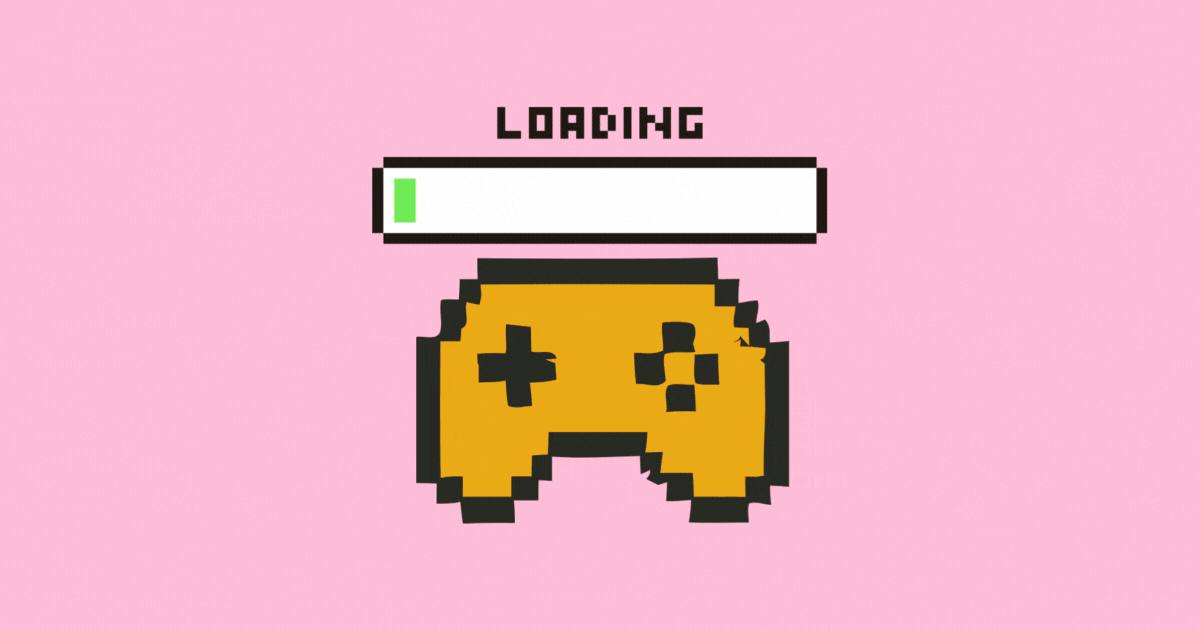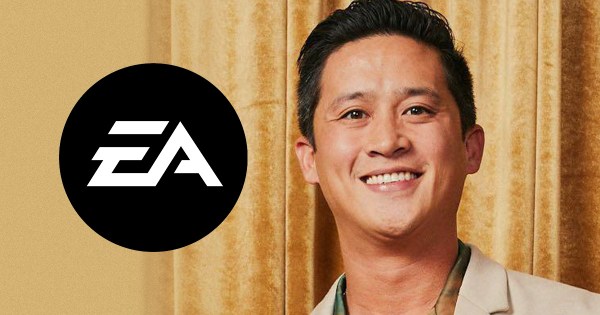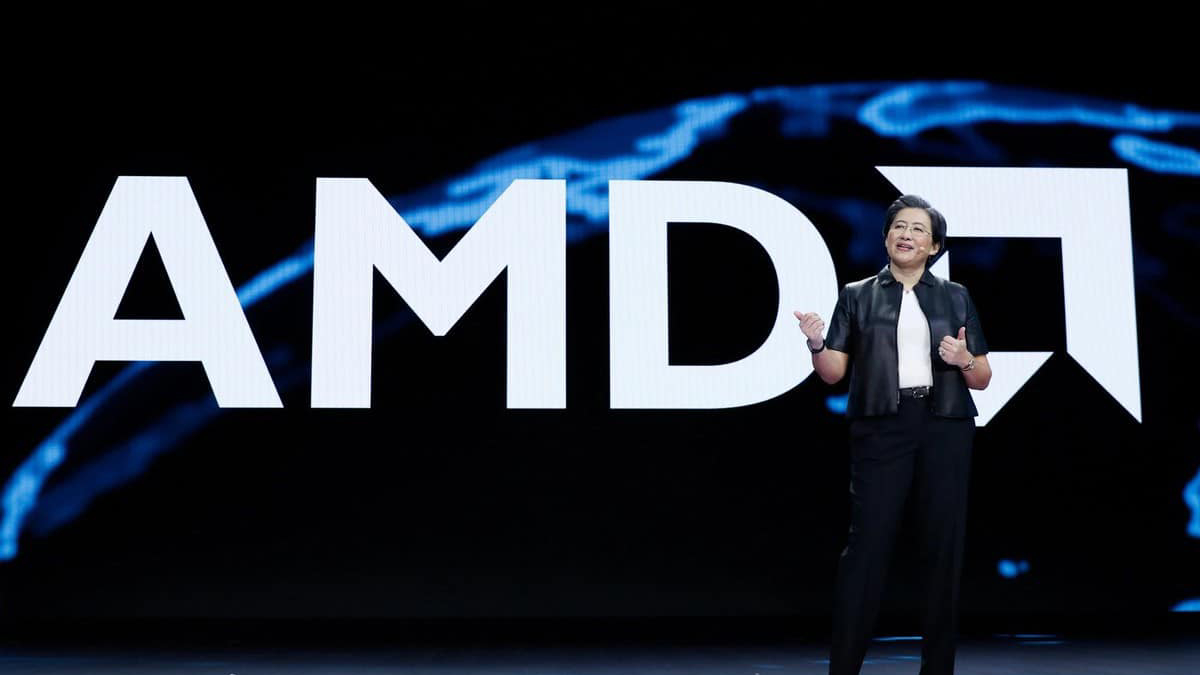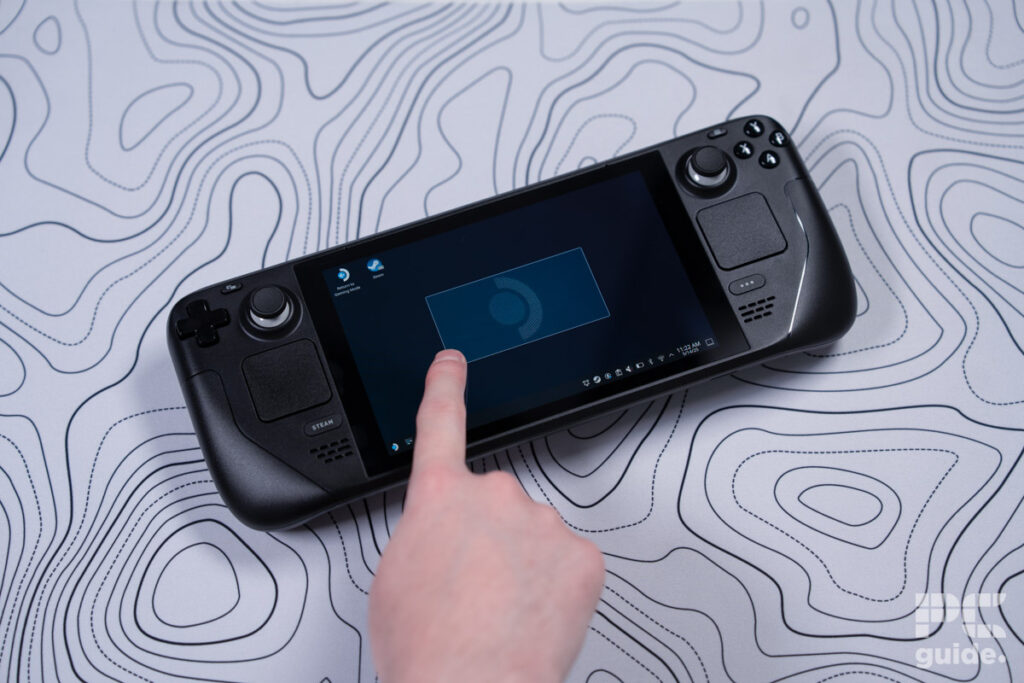She wanted a low-stakes extracurricular to enjoy with her friends: something new that didn’t have to be graded. She thought competitive video games might be the ticket.
Michele Kasama is a straight-A, Grade 11 student at G.W. Graham Secondary School in Chilliwack. Her after-school time is divided between studying and her part-time job, but it can be a struggle to balance the demands of high school with an enjoyment of teenagehood.
When she heard about the new competitive video game league starting at her school, she and some friends decided to join. So what if she barely knew how to hold a controller?
“I wanted to learn how to play,” she said. “I don’t do computer games. I have, like, zero skills. I have no clue. I had friends and they knew how to do it, I thought it would be something fun to do together.”
Her friends turned out to be onto something. Video games were a blast. Kasama and her friends had joined a small group of girls who banded together in computer-teacher Jenny Cho’s room during lunch hours to play. But gaming was also embarrassing, Kasama said. With so little knowledge of the controls, Kasama died almost instantly each game. And when she played against some of the boys during G.W. Graham’s in-school eSports tournament, the challenges were even more pronounced.
“My brain wasn’t connected to my fingers. My fingers just landed wherever they wanted,” she said.
That’s all changing. She has improved significantly over the last year, thanks to practice and support from her fellow girl gamers.
“I know a little bit more strategy,” she said. “It takes a little bit longer to kill me.”
But the need for all that practice highlights some of the challenges of gaming while female.
“With the [girls], I was a little bit more comfortable,” Kasama said. “But when I played with the guys, they were a little bit more brutal about it.”
When I visited Chris Bonshor’s classroom in March—and got my butt whooped in Super Smash Bros.—the room was filled almost entirely with teen boys. Teen boys hanging around a table, eating McDonalds. Teen boys standing in a corner discussing gaming tactics. Teen boys in Pokemon t-shirts, teen boys in Xbox hoodies, teen boys in NASA ball caps.
There was one girl seated by herself, and she left without playing a game.
It wasn’t unexpected. The video game world is rife with testosterone—often toxically so. Women who play video games are often subject to significant harassment from their male counterparts. Some female gamers hide their gender while playing—using masculine usernames and avoiding verbal communication—in an attempt to avoid the harassment that comes with gaming while female.
Gamergate—an online harassment campaign that targeted women in the video game industry in 2014 and 2015—is one example of co-ordinated attacks on female gamers, although it is by no means the only one. Gamergate was simply an expression of long-standing misogyny in gaming, Adrienne Shaw, an associate professor of gender and video games at Temple University, told Folklife Magazine: “It’s something that has existed, and it was just particularly loud at that particular moment. But it never really went away.”
These issues and others create a series of complex challenges that prevent girls from starting to play video games—or discourage those who do try. That results in fewer women at the highest levels of gaming—both on the playing and development sides. Only a quarter of all people employed at Canadian video game companies are women, and female players are significantly underrepresented at the elite levels of play.
Some argue the situation will improve as more women fight their way into the industry and achieve accolades and admiration. Melissa Burns isn’t so sure fighting for representation is the silver bullet some think it is.
Burns is a longtime gamer and CEO of eSports Canada, an organization that promotes eSports at the elementary and high school levels. When I called her in March, her voice was bubbly and distinctly feminine—something that would sound like a clear target in an online multiplayer game.
“In eSports, it is not always a welcoming face for a lot of under-represented individuals, whether that be your sexuality, your gender, your ethnic background, your cultural background,” she said. “I noticed it a lot in [in-game communications]—so when you’re in-game, you talk to your teammates—and I experienced a lot of discrimination in those spaces.”
When she started developing eSports programs for the students at her Manitoba school, she thought her being a woman gamer would help more girls show up to play. That turned out to not be the case.
“I was the visible role model that should encourage them to come like I’m here. I’m a girl. I am gaming,” she said. “And they didn’t come. I was absolutely shocked.”
The results were the same for the following year of Burns’ eSports program. But in the third year, she added a practice that was just for girls and gender diverse players. That was a success. Girls flocked to the female-only space, while boys continued to dominate the open practice time.
Cho is considering something similar for G.W. Graham next year.
“Girls are equally capable, but they don’t express as much confidence,” Cho said. “Sometimes you have to give them opportunities to be separate and do it until they’re comfortable.”
Cho had been doing that in a less intentional way this past school year. As the only female teacher in the eSports league, her room had become the de facto girls gaming club. Although any students were welcome anywhere, the girls gravitated towards Cho.
“I had girls coming out regularly to play, but it did take some time to convince them that they could be in the tournament,” Cho said. “I had to go and convince the girls, ‘Yes, you can play. You don’t have to win.’”
Kasama was one of the girls in Cho’s group who did decide to join the tournament. She said the boys were “more brutal” than the girls when she played. That brutality wasn’t personal, it was competitive. But the girls were more likely to help her figure out the controls and fighting combinations while they played to win, she said.
To me, Bonshor’s classroom didn’t feel like a toxic environment: the teen boys were pleasant, if competitive, and were kind to this female gamer (although I am admittedly twice their age and a journalist). But the teachers did notice differences in the play styles of the girl and guy gamers that back up Kasama’s experience.
“When girls were on the switch and the boys came in, [the boys] kind of wanted to play on their own,” Cho said. “Not because they don’t want to play with girls, but the style is very different.
“The guys are competing to compete,” she continued. “The girls are competing as well, because they want to win, but they do it in a more teamwork kind of way … They’re more verbally supportive of each other as they play.”
Some of the girls, like Kasama, came into the eSports league with little to no experience with video games. (It’s unclear how many boys came into the league with no experience gaming.) The learning curve was steep, and it mirrors what Cho has seen in tech over her decades as a woman in tech.
Before the 1980s, the proportion of women in university-level computer science courses was rising and on par with increases in law, medicine, and the physical sciences. But in 1984, something changed.
An article published by NPR’s Planet Money points to the introduction of the personal computer. Marketed almost exclusively to boys, the personal computer created a divide between the haves and the have-nots; the people who knew how computers worked and those who were just beginning to learn.
“I’m old enough to have gone through that era, so I remember it,” Cho said.
“Before the personal computer, computer science professors would assume that you didn’t know anything and start from there,” she said. “But after the personal computer was introduced, there was a lot of assumed knowledge. So if you’re a girl during that era, and you didn’t have access to a computer, you wouldn’t have that assumed knowledge, and so you would be behind, so then it sort of just exacerbated.”
Today, more and more girls are signing up for computer science courses in university. But the lingering effects of the boy-centric personal-computer era are still being felt today. Computer games continue to be marketed largely towards boys, with female characters often hypersexualized or missing entirely. New players, like Kasama, often struggle to play with their peers who have years more experience gaming.
She believes that more support for new gamers in a female-only space would help make many girls feel more comfortable in eSports.
“When you are safe to say what you want, you know that it’s going to be fine,” she said. “All the girls are welcome, and no matter how badly you fail, the other girls are there to support [you] and teach [you] how to play.
“We need to teach people how to play instead of just throwing them in and expecting them to know how to play, because that’s kind of how I had to learn.”
That is part of Cho’s plan for next year. She is working to make her computer lab feel more welcoming, and plans to focus on a few female-specific courses to introduce more girls to tech and gaming, while discussing the history of gender in gaming spaces.
Kasama will be back in Cho’s room in her Grade 12 year, ready to play video games with a little more experience under her belt. She hopes that more girls will join her, and that they will be able to support each other as they battle it out in Super Smash Bros. and other games.
“I hope that there’ll be girls who feel a lot more comfortable when they want to play,” Kasama said. “They won’t be ashamed because they are just in a room with the other guys intimidating them with their playing skills.
“They’ll be more free to play and fail, and knowing that they can still play without people making fun of them or judging them for their bad playing skills.”





























































